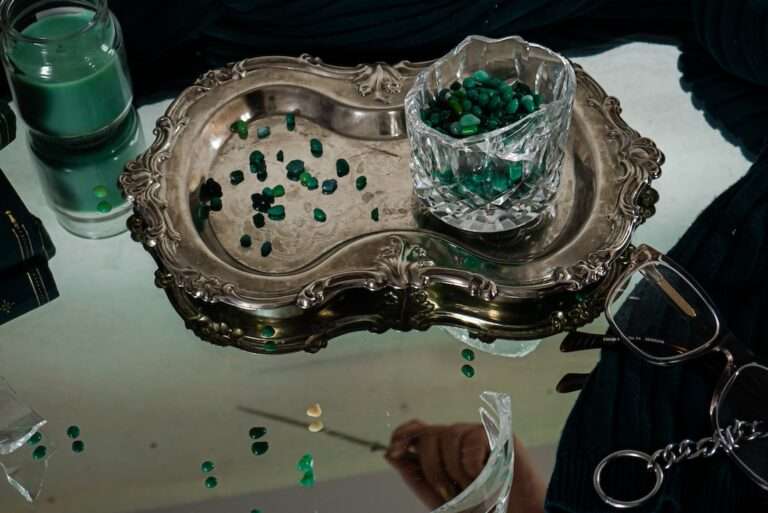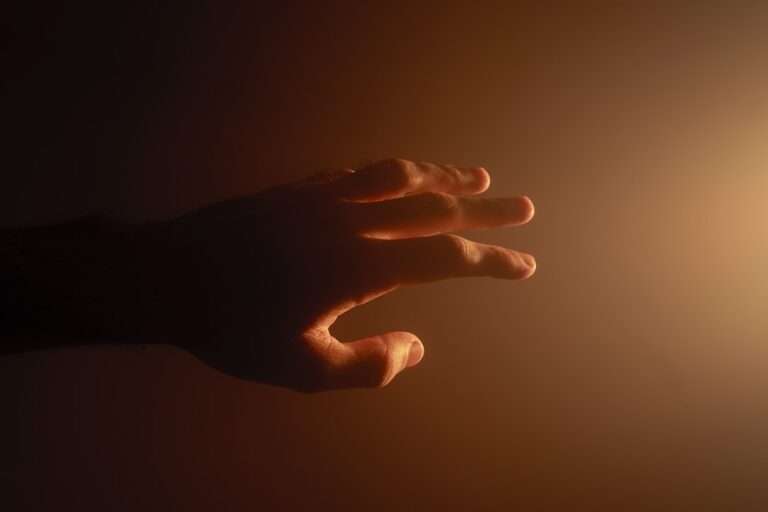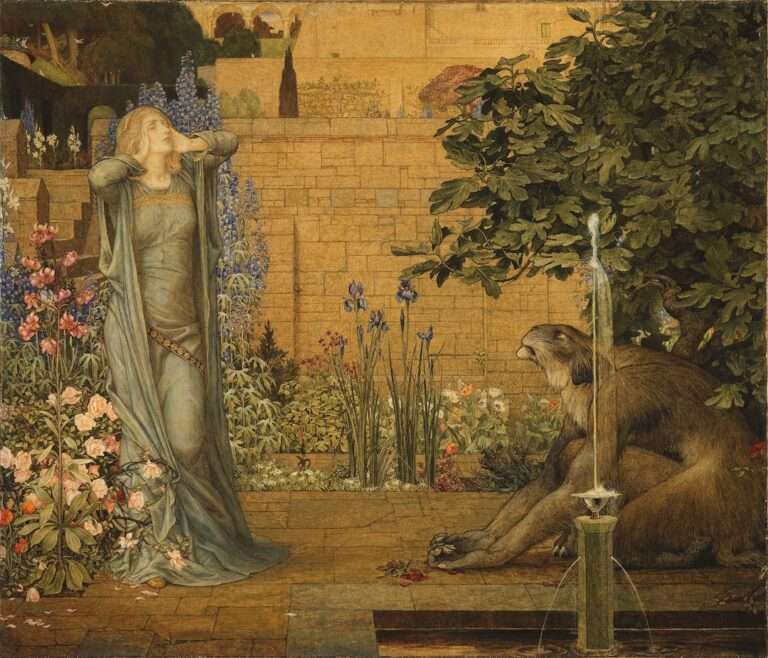The Healing Power of Color Symbolism in Therapy

Color symbolism in therapy refers to the use of different colors to evoke specific emotions and promote healing. Colors have long been associated with various meanings and emotions, and this understanding is crucial in therapy. By incorporating color symbolism into therapy sessions, therapists can create a supportive and healing environment for their clients.
Understanding color psychology is essential in therapy because colors have the power to influence our emotions, thoughts, and behaviors. Different colors can evoke different feelings and moods, and therapists can use this knowledge to create a therapeutic space that promotes emotional healing and growth.
The History of Color Therapy
Color therapy, also known as chromotherapy, has a rich history that dates back thousands of years. Ancient civilizations such as the Egyptians, Greeks, and Chinese recognized the healing properties of colors and used them in their healing practices.
The Egyptians believed that colors had the power to heal both physical and emotional ailments. They used colored stones, fabrics, and pigments to treat various conditions. Similarly, the Greeks used color therapy in their temples, where they would expose patients to specific colors to promote healing.
In Chinese medicine, color therapy is an integral part of traditional practices such as acupuncture and herbal medicine. Each color is associated with a specific element and organ system in the body, and balancing these colors is believed to restore health and well-being.
The Science behind Color Psychology
The science behind color psychology lies in how colors affect the brain. When we see a color, our brain processes it and triggers certain emotional responses. This is because colors stimulate different parts of the brain that are responsible for regulating emotions.
For example, warm colors like red and orange are known to stimulate the amygdala, which is responsible for processing emotions such as fear and anger. On the other hand, cool colors like blue and green have a calming effect on the brain and can help reduce anxiety and stress.
Color also plays a role in mood and emotion regulation. Research has shown that exposure to certain colors can influence our mood and emotions. For example, studies have found that blue is associated with feelings of calmness and relaxation, while yellow is associated with happiness and energy.
The Role of Color in Emotional Healing
Color can be used as a powerful tool in promoting emotional healing. Different colors have different healing properties and can evoke specific emotions and feelings. By incorporating color therapy techniques into therapy sessions, therapists can help clients process and heal from emotional wounds.
For example, the color blue is often associated with feelings of calmness and tranquility. Therapists may use blue in therapy sessions to create a sense of relaxation and promote emotional healing. Similarly, the color green is associated with growth and renewal, making it a suitable choice for clients who are working on personal growth and self-improvement.
There are various color therapy techniques that therapists can use to promote emotional healing. One technique is color visualization, where clients are guided to imagine themselves surrounded by a specific color that represents the emotion or feeling they want to work on. Another technique is color breathing, where clients focus on their breath while visualizing a specific color entering their body and filling them with healing energy.
The Power of Color in Mood Regulation
Color has the power to regulate mood and can be used as a tool to manage emotions. By understanding the impact of different colors on mood, therapists can help clients regulate their emotions and improve their mental well-being.
Warm colors like red and orange are known to stimulate energy and excitement. These colors can be used to boost mood and increase motivation. On the other hand, cool colors like blue and green have a calming effect on the brain and can help reduce anxiety and stress.
Therapists can incorporate color into therapy sessions by using colored objects or creating a therapeutic space that reflects the desired mood. For example, if a client is feeling anxious, the therapist may use calming blue tones in the room to create a sense of relaxation and promote a more peaceful state of mind.
Color Symbolism and its Impact on Mental Health

Color symbolism plays a significant role in mental health. Different colors are associated with different emotions and can be used to address specific mental health concerns.
For example, the color yellow is often associated with happiness and optimism. Therapists may use yellow in therapy sessions to help clients combat feelings of depression or low mood. Similarly, the color purple is associated with spirituality and can be used to promote a sense of inner peace and connection.
By incorporating color symbolism into therapy, therapists can help clients explore and express their emotions in a safe and supportive environment. This can lead to increased self-awareness and improved mental well-being.
Using Color Therapy in Trauma Recovery
Color therapy can be particularly beneficial in trauma recovery. Trauma often leaves individuals feeling overwhelmed and disconnected from their emotions. By using color therapy techniques, therapists can help clients process and heal from traumatic experiences.
One technique that can be used in trauma recovery is color journaling. Clients are encouraged to choose colors that represent their emotions and use them to express their feelings through art or writing. This can help clients gain a deeper understanding of their emotions and facilitate the healing process.
Another technique is color exposure therapy, where clients are gradually exposed to colors that may trigger traumatic memories or emotions. This exposure is done in a safe and controlled environment, allowing clients to process their trauma at their own pace.
Incorporating Color Therapy in Mindfulness Practices
Color therapy can also be incorporated into mindfulness practices to enhance the therapeutic experience. Mindfulness involves being fully present in the moment and paying attention to one’s thoughts, feelings, and sensations without judgment.
By incorporating color therapy techniques into mindfulness practices, therapists can help clients deepen their mindfulness practice and promote emotional healing. For example, clients can be guided to focus on a specific color during a mindfulness meditation, allowing them to connect with the emotions and sensations associated with that color.
Color visualization can also be used in mindfulness practices to promote relaxation and stress reduction. Clients can be guided to imagine themselves surrounded by a specific color that represents the desired state of mind, such as calmness or joy.
The Benefits of Color Therapy in Holistic Health
Color therapy is often used in conjunction with other holistic health practices to promote overall well-being. Holistic health focuses on treating the whole person – mind, body, and spirit – rather than just the symptoms of a specific condition.
By incorporating color therapy into holistic health practices such as acupuncture, massage, or energy healing, therapists can enhance the healing process and promote balance and harmony in the body.
For example, in acupuncture, specific colors are used to balance the energy flow in the body. By inserting colored needles or using colored lights during acupuncture sessions, therapists can target specific areas of imbalance and promote healing.
Exploring Different Color Symbolism and their Healing Properties
Different colors have different healing properties and can be used to address specific emotional or mental health concerns. Here are some examples of how different colors can be used in therapy:
– Red: Associated with energy and passion, red can be used to boost motivation and increase vitality. It can also help clients overcome feelings of lethargy or depression.
– Orange: Symbolizing creativity and enthusiasm, orange can be used to inspire clients and encourage self-expression. It can also help alleviate feelings of self-doubt or lack of confidence.
– Yellow: Representing happiness and optimism, yellow can be used to uplift mood and promote a positive outlook. It can also help combat feelings of sadness or hopelessness.
– Green: Associated with growth and renewal, green can be used to promote personal growth and self-improvement. It can also help clients connect with nature and find a sense of balance and harmony.
– Blue: Symbolizing calmness and tranquility, blue can be used to promote relaxation and reduce anxiety. It can also help clients find inner peace and emotional stability.
– Purple: Representing spirituality and intuition, purple can be used to promote a sense of inner peace and connection. It can also help clients explore their spiritual beliefs and find meaning in their lives.
Conclusion:
Color symbolism plays a significant role in therapy and can be used as a powerful tool for emotional healing and growth. By understanding the psychology behind color and incorporating color therapy techniques into therapy sessions, therapists can create a supportive and healing environment for their clients.
Color therapy has a rich history that dates back thousands of years, with ancient civilizations recognizing the healing properties of colors. The science behind color psychology lies in how colors affect the brain, with different colors stimulating different parts of the brain that regulate emotions.
Color therapy can be used to promote emotional healing, regulate mood, address specific mental health concerns, aid in trauma recovery, enhance mindfulness practices, and promote holistic health. By exploring different color symbolism and their healing properties, therapists can tailor their approach to meet the unique needs of each client.
In conclusion, color symbolism in therapy is a powerful tool that can be used to promote emotional healing, regulate mood, and enhance overall well-being. Therapists are encouraged to explore the use of color therapy in their practice to create a supportive and healing environment for their clients.
If you’re interested in exploring the fascinating world of color symbolism and therapy, you may also find the article on the symbolism of the star on Symbolism Hub intriguing. This article delves into the various meanings and interpretations associated with stars in different cultures and belief systems. From representing guidance and hope to symbolizing divine presence, stars have long been regarded as powerful symbols. To learn more about the symbolism of stars, check out this article on Symbolism Hub.
FAQs
What is color symbolism?
Color symbolism is the use of colors to represent ideas, emotions, and concepts. Different colors have different meanings and associations in different cultures and contexts.
What is color therapy?
Color therapy, also known as chromotherapy, is a form of alternative medicine that uses colors to promote physical, emotional, and mental healing. It is based on the idea that different colors have different vibrations and can affect the energy and balance of the body.
How does color therapy work?
Color therapy works by exposing the body to specific colors through light, colored fabrics, or colored liquids. The colors are believed to stimulate the body’s energy centers, or chakras, and promote healing and balance.
What are some common color associations?
Some common color associations include red for passion and energy, blue for calmness and serenity, yellow for happiness and optimism, green for growth and harmony, and purple for spirituality and creativity. However, color associations can vary depending on culture and personal experience.
What are some examples of color therapy?
Some examples of color therapy include using red light to stimulate circulation and energy, blue light to calm the mind and reduce stress, yellow light to improve mood and digestion, and green light to promote balance and harmony.
Is color therapy scientifically proven?
There is limited scientific evidence to support the effectiveness of color therapy. However, some studies have shown that exposure to certain colors can have physiological and psychological effects on the body. Color therapy should not be used as a substitute for medical treatment.





